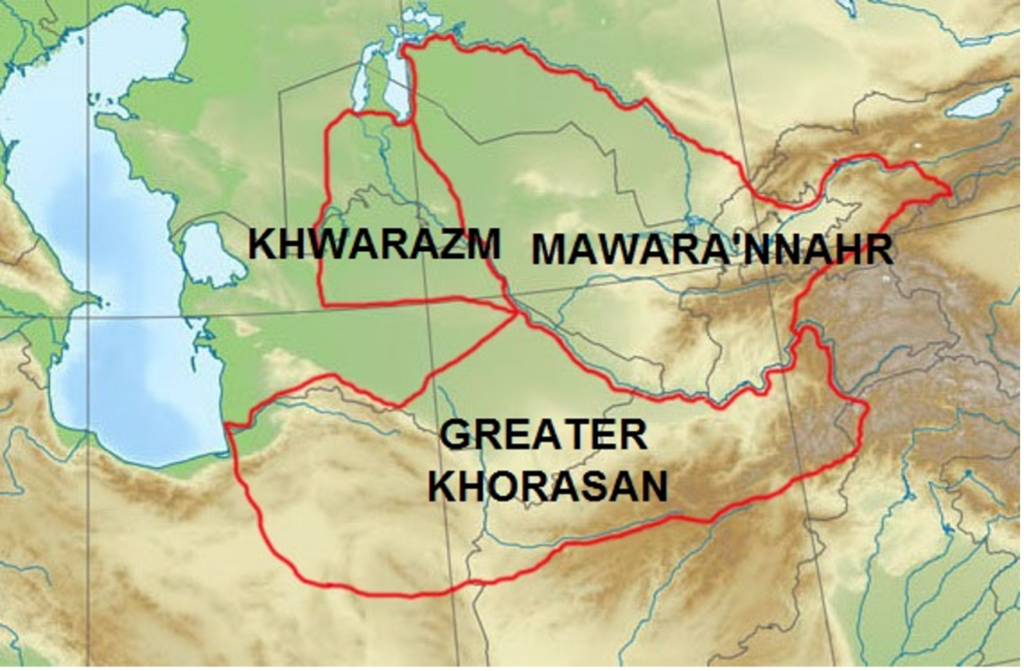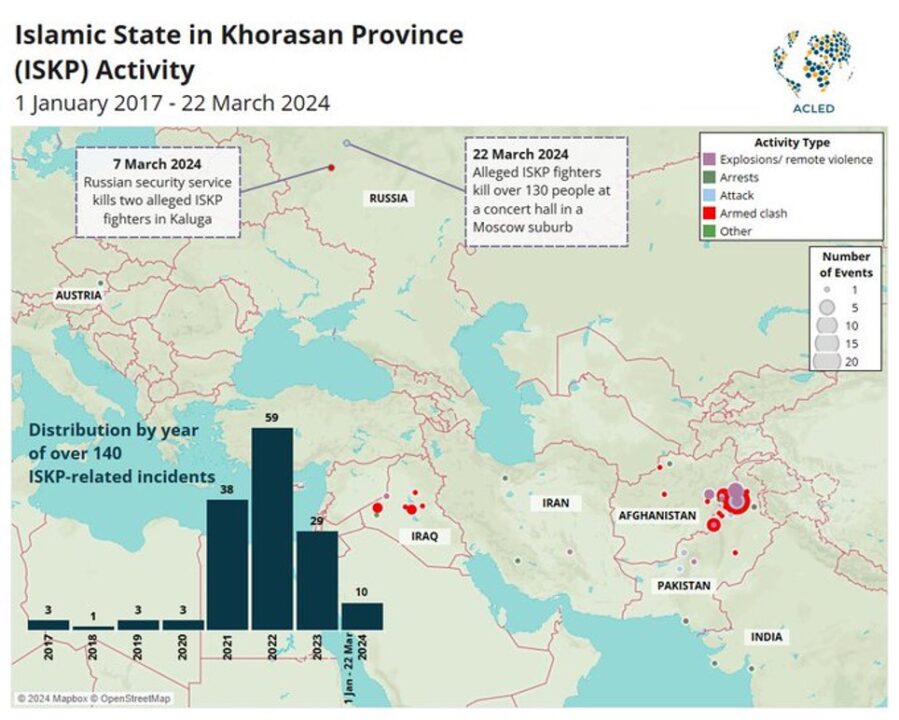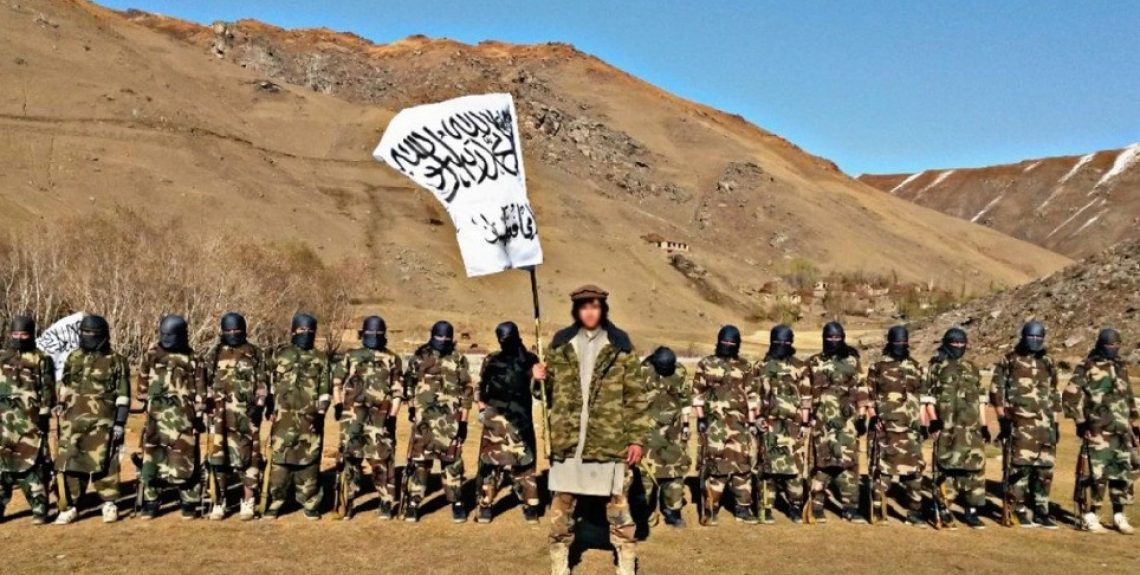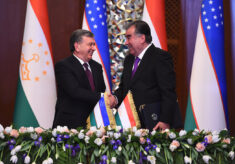After the terrorist attack leaded by Tajik militants under the banner of the Islamic State-Khorasan Province (ISKP) in Moscow, the international public opinion has belatedly rediscovered the persistent jihadist threat in Central Asia, fearing on the potential destabilizing impact on the region.
Since Taliban takeover of Afghanistan in 2021, ISKP has progressively increased militant attacks and propaganda, mainly focused on Central Asia as one of the privileged targets as well as to recruit new fighters. The main ideological goal of the ISKP as transnational group and ideological heir of the IS is to break existent national borders among post-Soviet countries in order to create not only the Khorasan province (which should include parts of Afghanistan, Pakistan, and Iran, and spreading its reach into Central Asia and India) but also the province of “Movarounnahr” (or Transoxiana) which refers to ancient territory north of the Amu Darya river (the old Oxus), between Uzbekistan and Turkmenistan (L. Webber and R. Valle, Islamic State Khorasan’s Expanded Vision in South and Central Asia, The Diplomat, August 2022).

In spite of their formal commitment to preserve security along the borders between Afghanistan and Central Asia, Taliban leadership appears unable to carry out this task, namely defeating ISKP fighters in the country and preventing attacks against Central Asia neighbours and beyond (Pakistan, Iran, and now Russia). Most of ISKP attacks in the last three years have been against the Taliban government – perceived as a Pashtun-centric and nationalistic group, partner of the main enemies of Islam such as China, Russia, Iran and Central Asian secular states.
That said, ISKP fighters tried to bomb Turkmenistan’s embassy in 2021, then they fired rockets from Afghanistan into Uzbekistan and Tajikistan in April and May 2022 (J. Zenn, Brief: Questions Around Terrorism in Tajikistan and Central Asia Abound After Crocus City Hall Massacre, Terrorism Monitor Volume: 22 Issue: 7, May 6, 2024).
Among Central Asian states, Tajikistan appears the most vulnerable not only for sharing a long and porous border with Afghanistan, but also because national authorities have failed to address the roots of economic and social discontent, fuelling radical Islam in the country.
In addition to the Tajik militants who fight under the ISKP banner, in Afghanistan there is another jihadist-group composed by Tajik fighters (Jamaat Ansarullah, the Party of the Followers of Allah) also called the “Tajiks-Taliban” and which are rival of ISKP. To complicate the scenario, unlike the other Central Asian presidents, Tajik President Emomali Rahmon is very critic on the opportunity to promote dialogue with Taliban.
But the shared concern of both Central Asian presidents and external actors is primarily focussed on ISKP’s threat to attack oil and gas pipelines crossing the region, through sabotage operations to disrupt energy supply to China or to damage power lines within an expected regional electricity grid ((L. Webber, R. Valle, The Islamic State’s Central Asian Contingents and Their International Threat, Commentary, October 16, 2023, https://www.hudson.org/foreign-policy/islamic-states-central-asian-contingents-their-international-threat#footNote11),.
However, also present trade and infrastructural corridors that cross Central Asia are vulnerable to these attacks (such as the railway corridor between Uzbekistan and Afghanistan to reach Pakistan or the Lapis Lazuli intermodal corridor that touches Turkmenistan and Tajikistan). This threats is also a deterrent in delaying all projects to open new trade and transport routes in order to overcome the negative effects linked to Central Asia’s landlocked nature.




























